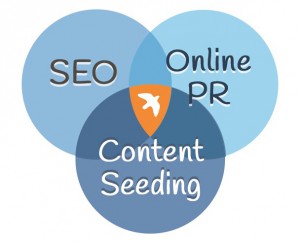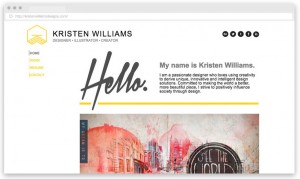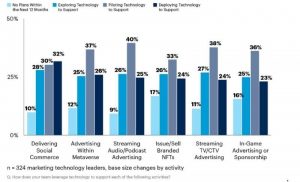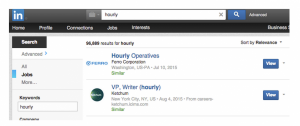— July 30, 2019

rawpixel / Pixabay
Onboarding people can become quite stressful for both Human Resources professionals and a potential new employee. New hires want an easy transition into their new position and employers want an engaged, productive employee that’s going to stay the course.
There are ways to finesse the process and provide a smooth transition along the way.
Why Onboarding Matters
Research shows that there are many benefits to a corporation having an intentional, robust onboarding process.
According to a study from CareerBuilder a positive onboarding experience results in:
- Employees that are more engaged (49 percent)
- More employee confidence (46 percent)
- Employees that have greater trust in the organization (45 percent)
- Higher productivity (42 percent)
- Higher morale (38 percent)
- Lower employee turnover (31 percent)
Onboarding is Usually Less than a Week
Unfortunately, the majority of companies fall short when it comes to an innovative onboarding program. In fact, the stats show a fairly grim landscape.
Over half (51%) of employers stated their onboarding process lasts between one day and one week. Interestingly, a full 25% claim they only have a single day for their new hires to become familiar with the company processes before being expected to perform. Twenty-one percent have a month-long process and only 11% say they onboard for 3 months or longer.
With such a short amount of time spent on getting a new hire up to speed, the focus should be on the parts that matter most.
What’s Important in Onboarding
Talya Bauer, Ph.D., author of Onboarding New Employees: Maximizing Success, identified four distinct elements of the onboarding process:
- Compliance = policy and legal
- Clarification = role expectations
- Culture = organizational values and norms
- Connection = introduction to peer and informational networks
Most companies spend the bulk of the onboarding process on compliance and clarification. However, shifting the focus to culture and connection can help companies save time and resources. In fact, 69 percent of employees are more likely to stay with a company for three years if they experience great onboarding.
Since it costs an average of $ 4,000 to get a new hire from prospect to employee status, not including their salary, it makes sense to invest in an onboarding process that leaves employees eager to contribute and grow with their new employer.
What Employees Really want from Onboarding
New hires have very specific ideas about what’s important and it’s not a gift basket on their desk or a shout-out at the next meeting.
Connecting with their direct supervisor ranked the highest at 72%. Clarification of performance goals was next at 67%. This was followed by a game plan for their first few weeks on the job (57%). Next up was an intro to the company’s culture (53%) and connecting with people that they should meet (52%). Connecting with their leadership team followed at 46%.
Feeling connected keeps showing up as something a new hire deems a key factor in their success.
Use Technology To Your Advantage
Most corporations still use age-old practices around onboarding employees. While these work, there are gaps in the process. One way to make everything run smoother is by introducing modern technology elements to a business’ HR plan.
Companies can take advantage of pre-boarding to free up time for the things that matter most to new employees. Being able to read guides, policies, and procedures at their own pace to reduce first-day overwhelm is a proven strategy for the retention of first-year employees.
Bring the Paperwork Avalanche into the 21st Century
One of the most dreaded parts of onboarding is the avalanche of paperwork that must be filled out and signed. Platforms like Docusign can take the tedious process of filling out form after form and make it virtually painless.
These e-signing platforms can automatically fill in much of the employees’ contact information making the process of completing necessary documentation fast, simple, and secure.
Keep it Interesting with Games
Being introduced to the company, its mission and its key players usually happens via a lengthy powerpoint in a nondescript conference room, make it memorable with gamification.
Companies like Goosechase and Kahoot are creating fun and interactive platforms where you can showcase the mission, values, and culture of the company in a new way with easy-to-create virtual games and scavenger hunts.
Provide Key Communications via a Podcast Series
Podcasts are growing in popularity every day and for good reason. They are easy to consume on the go, they hold a listener’s attention significantly longer than a blog post or even a video and they are relatively inexpensive and easy to produce.
Create a podcast series that introduces the new hire to the culture and connects them with key players before they arrive for their first day of work. Have leaders create short podcasts talking about what they love most about the company. Key employees can podcast about their role and how it fits into the bigger picture. The CEO can record an episode telling the story of how the company was founded, what the mission is, and what value is brought to market.
Using technology to streamline the onboarding process can be a profitable addition to a companies HR department. Get a complimentary guide, 4 Strategies to Leverage Podcasts for Business Growth, to learn how you can increase employee engagement, drive brand awareness, and build consumer trust through strategic podcast marketing.
The possibilities for creating an immersive and impactful onboarding experience are endless and only bound by an organization’s imagination and creativity.
Business & Finance Articles on Business 2 Community
(36)
Report Post






